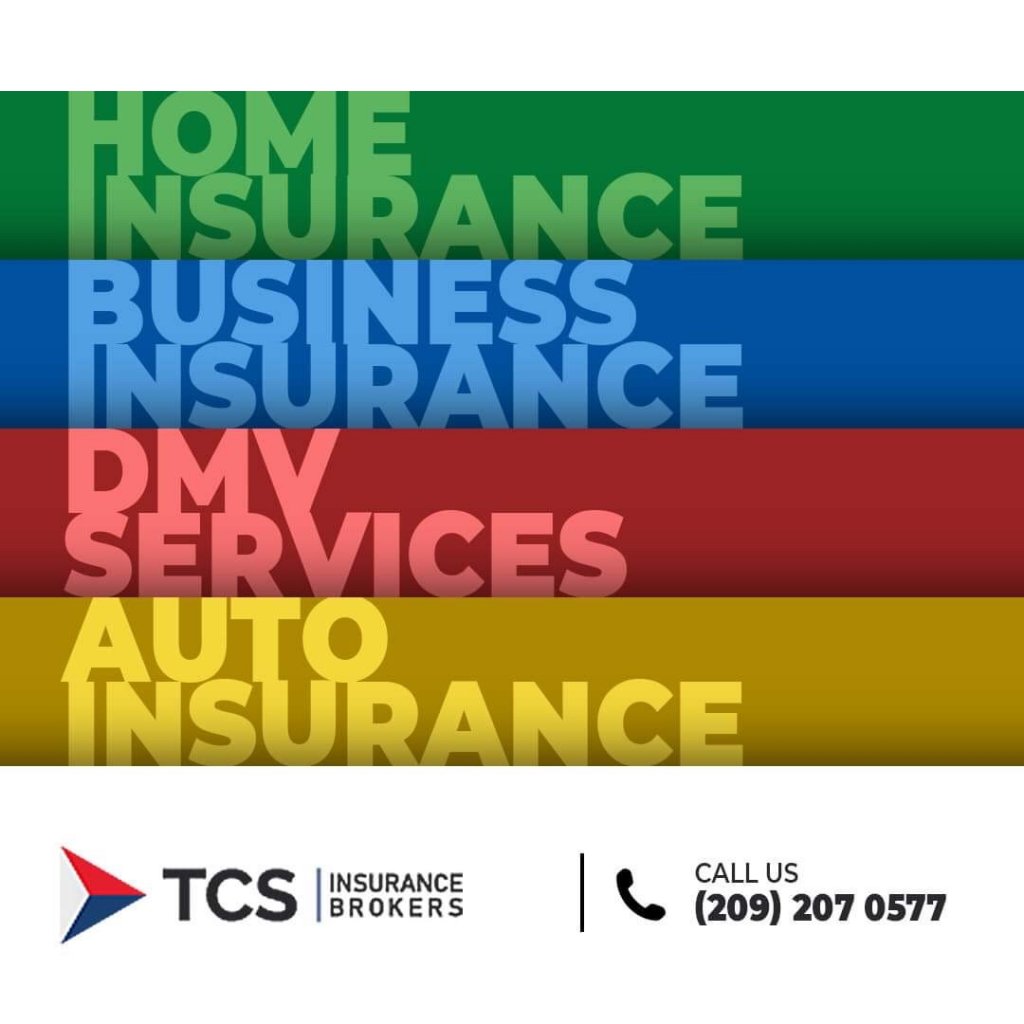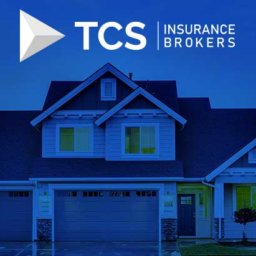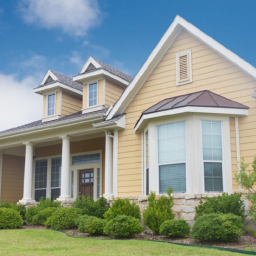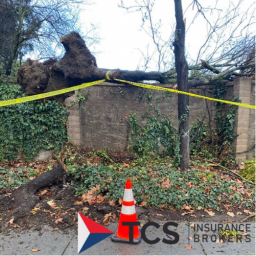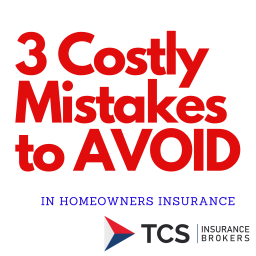Home insurance is home insurance and it all works the same, right? – NO! There are different types of home insurance policies. From DP (DP1, DP2, DP3) or Dwelling Policies to HO (HO3, HO4, HO5, HO6) or Homeowners Policies. Each policy type is designed different to meet the needs of specific residential buildings and the use of said building.
In this post we will only be discussing two HO/Homeowners policy types. A Homeowners HO3 and a Homeowners HO5. Both policy types look exactly the same when you are looking at the Declarations Pages but they differ in how and what each covers.
•HO3 policy is a Named Peril policy that can be endorsed to offer more (it only covers a list of 15 or so specified causes of loss and it will NOT cover Flood or Earthquake damage unless this coverage was endorsed on).
• HO-5 policy is an open peril policy (covers all types of sudden and accidental losses except Flood & Earthquake damage unless this coverage was endorsed on).
To understand this further, you must know about open peril vs. named peril policies.
What is a named peril policy?
In a Named Peril Policy, specific risks are mentioned against which the insurer provides coverage. If the property damages occur due to any other peril other than those mentioned in the policy, the insurer will deny paying for the loss.
What is an open peril policy?
An Open Peril Policy offers coverage against almost all forms of risks that can cause damage to a property. An Open Peril Policy does not usually come with a list of covered perils like a named peril policy does.
Exclusions are always mentioned in all policies. In the Exclusions area of your policy there is a list of what is excluded/not covered. Always mentioned are Flood & Earthquake damage unless endorsed onto the specific policy.
H03 – Is a Named Peril policy that can be upgraded.
The basic HO3 policy comes with a list of 15 named perils it will cover against. Plus, it differs in coverage between how it pays for the structure and how it pays for the personal belongings of the insured.
1. Fire or Lightning.
2. Windstorm or Hail.
3. Explosion.
4. Riot or Civil Commotion.
5. Aircraft.
6. Vehicles.
7. Smoke.
8. Vandalism of Malicious Mischief.
9. Theft.
10. Falling Objects.
11. Weight of Ice, Snow or Sleet.
12. Accidental Discharge or Overflow of Water or Steam. – Note: this is not Water Backup & Sewer or Sump Overflow
13. Sudden and Accidental Tearing Apart, Cracking, Burning or Bulging.
14. Freezing.
15. Sudden & Accidental Damage from Artificially Generated Electric Current.
The HO3 policy covers against the named perils mentioned above. It can be upgraded/endorsed with better options that help it expand coverage beyond what is mentioned. However, at it’s core and without the agent making adjustments/endorsements the policy is very basic.
HO5 – Is an Open Perils policy that requires some tailoring.
A standard HO5 policy doesn’t come with a list of perils it covers against and it does not discriminate between the structure or the insureds personal property. Coverage will only be denied if the cause behind the loss or damage is any one of the excluded perils, specifically mentioned in the policy. However, due to pricing competitiveness in the insurance market place we find that more and more H05 policies now require a large amount of tailoring in order for the H05 policy to be a true open perils policy form. – In other words, you will want to look at the Exclusions List of your HO5 policy to make sure you understand what will NOT be covered because there isn’t a list like the HO3 policy has.
EXCLUDED PERILS for both HO3 & HO5 Policy Forms.
The exclusions are more or less same for both HO3 and HO5 insurance policies as mentioned below:
- Power failure.
- Industrial pollution or smoke.
- Earth movement (earthquake).
- Water damage due to flood.
- Intentional loss.
- War.
- Nuclear Accidents.
- Pets and other animals, insects and pests.
- Settling, wear and tear.
- Act of negligence.
- Actions taken by government and other associations.
- Legal action due to lack of proper permits, defective construction, design or maintenance.
- Theft or Damage from vandalism in vacant dwellings or in dwellings under construction.
- Deterioration due to weather conditions, that aggravates other excluded causes of loss.
Which policy form is better?
Unendorsed HO3 and HO5 policies can be compared on the basis of certain parameters as mentioned below:
• Coverage – A standard HO5 policy is considered better than a basic HO3 insurance policy as far as coverage is concerned. Since a standard HO5 ensures wider coverage for both the structure and the contents of the insured home.
• Cost – A standard HO5 Policy could be more expensive than a basic HO3 insurance policy with most home insurers. So, for those who are price sensative a basic HO3 policy seems to be the better choice.
• Popularity – Basic HO3 insurance policies are more common to see because it is what most insurance carriers offer. Plus, most insurance agents base their suggestions solely on price and not coverage solutions. Therefore, creating an illusion that basic HO3 policies are more popular and that they fit everyone.
What does TCS Insurance Brokers recommend?
We always tell our clients that insurance is not a one size fits all product/service. There are limitations and obstacles to consider for both a basic HO3 and a standard HO5 homeowners insurance. Both can and should be tailored to meet your specific needs. Endorsements should be offered/quoted for you to see and determine if the coverage and price combination fits your desired outcome.
Why choose TCS Insurance Brokers?!
Many times we find that our HO5 insurance carriers offer better pricing than those others that only offer HO3 home policies. So we don’t automatically assume that one is better than the other, but rather we take time to understand your situation, then we match your needs with a tailored solution that exceeds your expectations.


